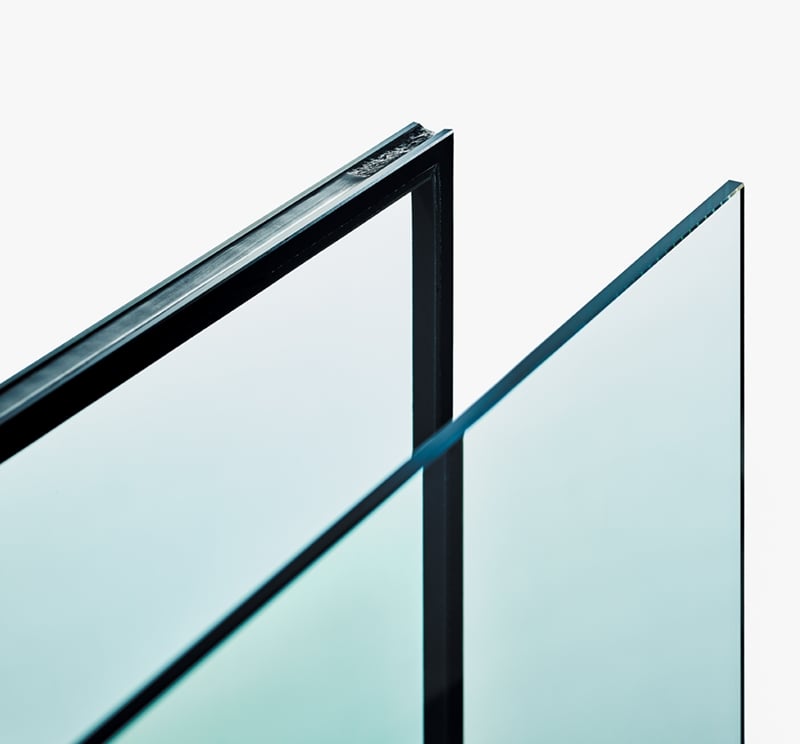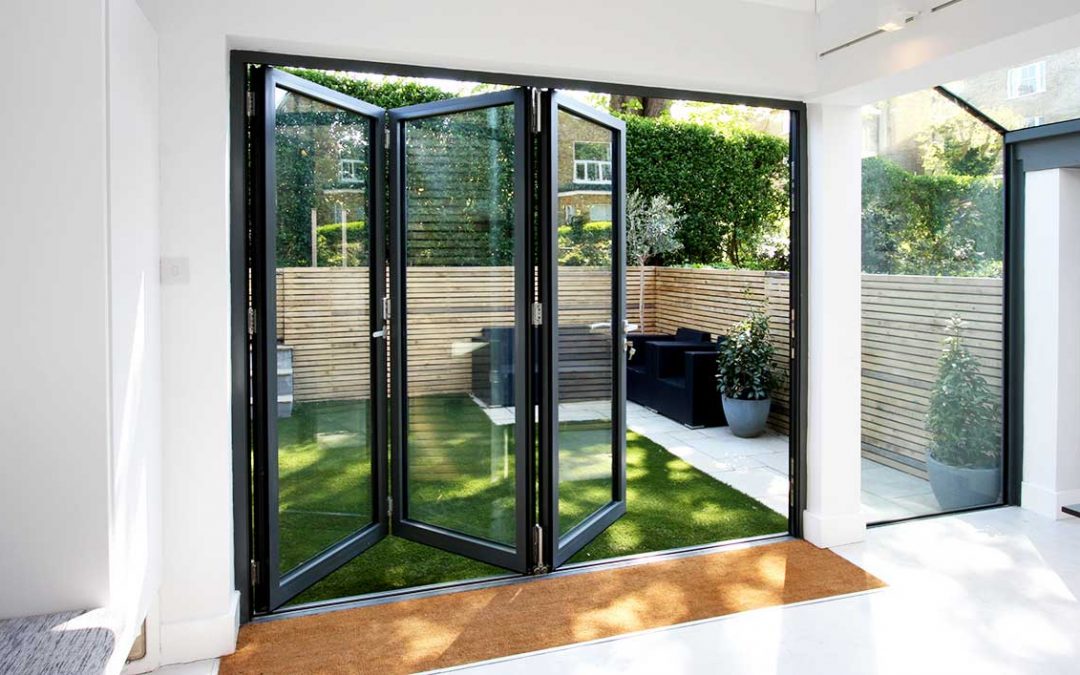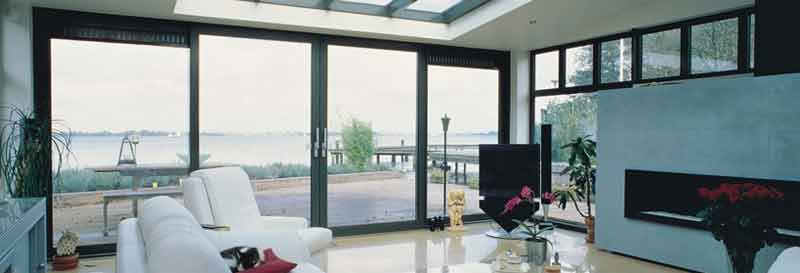All Categories
Featured
Table of Contents
Double Glazed Windows – Their Amazing Benefits For ... in Balcatta Western Australia
Glazing merely means the windows in your house, consisting of both openable and set windows, in addition to doors with glass and skylights. Glazing actually simply indicates the glass part, but it is usually utilized to refer to all aspects of an assembly consisting of glass, movies, frames and home furnishings. Taking note of all of these elements will assist you to attain efficient passive style.

Energy-efficient glazing makes your home more comfortable and dramatically minimizes your energy costs. Nevertheless, improper or poorly created glazing can be a major source of unwanted heat gain in summer and significant heat loss and condensation in winter season. As much as 87% of a home's heating energy can be gotten and as much as 40% lost through windows.
Climateframe Double Glazing: Perth's Double Glazed ... in West Perth Western Australia
Glazing is a significant financial investment in the quality of your house. The expense of glazing and the expense of heating and cooling your home are carefully associated. An initial investment in energy-efficient windows, skylights and doors can greatly decrease your yearly heating and cooling expense. Energy-efficient glazing also decreases the peak heating and cooling load, which can lower the required size of an air-conditioning system by 30%, causing more expense savings.

This tool compares window choices to a base level aluminium window with 3mm clear glass. Comprehending a few of the crucial homes of glass will help you to choose the very best glazing for your house. Secret properties of glass Source: Adapted from the Australian Window Association The quantity of light that passes through the glazing is referred to as visible light transmittance (VLT) or noticeable transmittance (VT).
Double Glazing Vs Triple Glazing: Which Should You Choose in Upper Swan Western Australia
The U value for windows (expressed as Uw), describes the conduction of the whole window (glass and frame together). The lower the U worth, the higher a window's resistance to heat circulation and the better its insulating worth.
For instance, if your house has 70m2 of glazing with aluminium frames and clear glass with a U value of 6. 2W/m2 C, on a winter season's night when it is 15C cooler outside compared to inside your home, the heat loss through the windows would be: 6. 2 15 70 = 6510W That is comparable to the overall heat output of a large space gas heater or a 6.
What Are The Benefits Of Double Glazed Windows? in Highgate WA

If you select a window with half the U value (3. 1W/m2 C) (for example, double glazing with an argon-filled space and less-conductive frames), you can cut in half the heat loss: 3. 1 15 70 = 3255W The solar heat gain coefficient (SHGC) for windows (revealed as SHGCw) determines how readily heat from direct sunshine streams through an entire window (glass and frame together).
The lower a window's SHGC, the less solar heat it transmits to the home interior. The actual SHGC for windows is impacted by the angle that solar radiation strikes the glass.
What Are The Advantages Of Double Glazed Windows? in Menora Western Australia
When the sun is perpendicular (at 90) to the glass, it has an angle of occurrence of 0 and the window will experience the maximum possible solar heat gain. The SHGC stated by glazing producers is constantly calculated as having a 0 angle of occurrence. As the angle increases, more solar radiation is shown, and less is transmitted.
Table of Contents
Latest Posts
Does Double Glazing Keep Heat Out in South Fremantle Perth
Which Double Glazed Windows Are Best For Summer? in Kalamunda WA
Why Install Stunning Double Glazing Windows During Summer? in Hamilton Hill Perth
More
Latest Posts
Does Double Glazing Keep Heat Out in South Fremantle Perth
Which Double Glazed Windows Are Best For Summer? in Kalamunda WA
Why Install Stunning Double Glazing Windows During Summer? in Hamilton Hill Perth